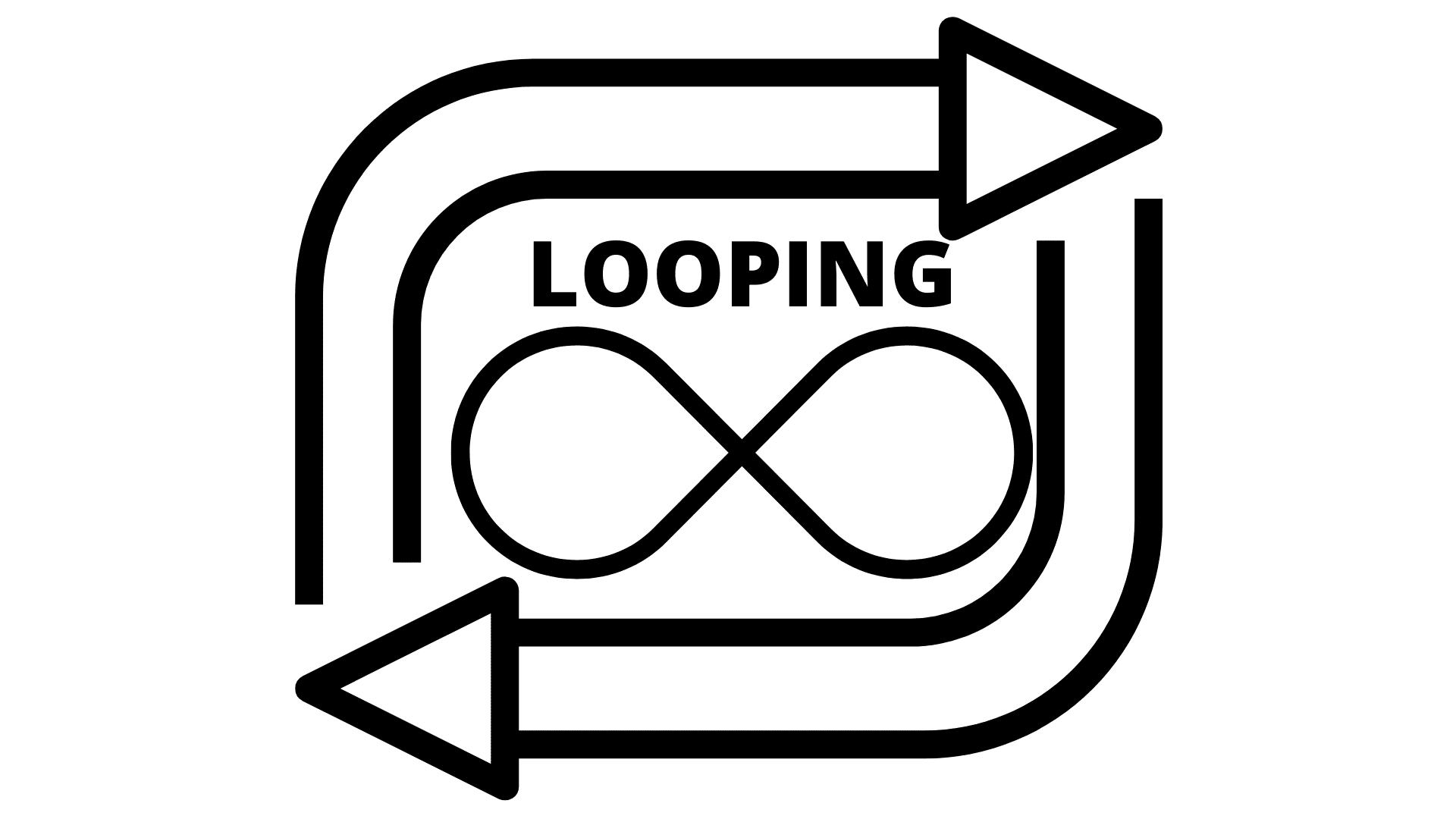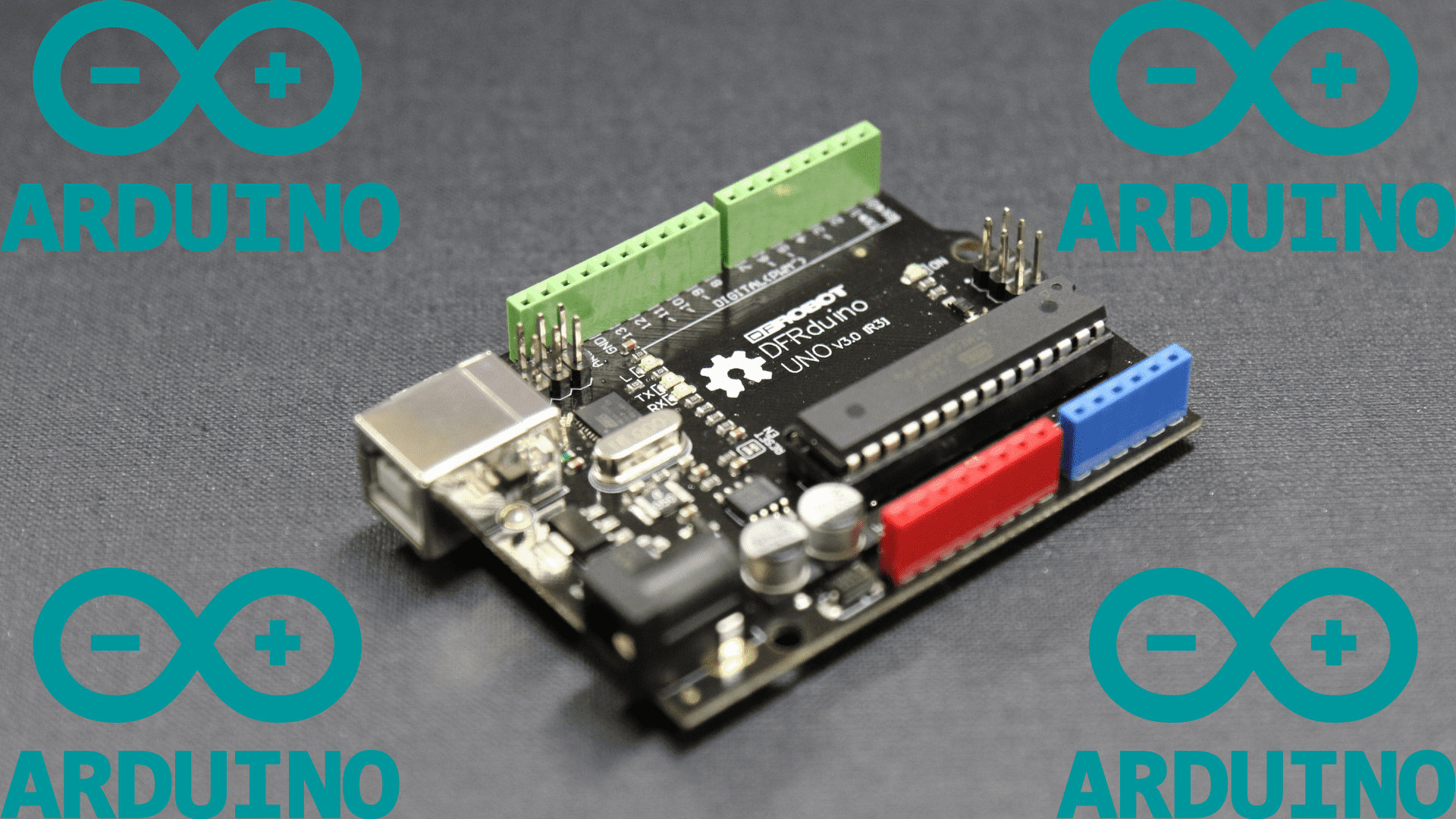introduction
Easy For Loop Arduino Uno Projects is an article focused on the uses of the for loop and its three segments initialization, condition, and expression in Arduino Uno projects. The focus will be on some for loop Arduino led blink.
Looping concept
A loop is an acoustic phenomenon that occurs when a song, phrase, or sound is repeated continuously. It is more common in music performances and can also occur in other types of audio recordings.
Repetition of a sentence or melody is usually pleasurable to the human ear and can help listeners remember the music.
Looping also includes repeated code commands as long as a condition remains valid within the code. This is what we are interested in in this article.There are two types of loops: infinite loops and infinite loops. Infinite loops have no beginning or end, while finite loops have a definable start and endpoint.
Loops and programming
Programming is a set of instructions that are fed into a computer. The instructions are then executed in sequence to produce the desired results.
Programming can be done using loops and lines of programming statements that repeat until the desired condition is met.Loops in programming can be used to iterate through a list of items or repeat a specific set of commands until some condition is met.
They are an efficient way to perform repetitive tasks.

Summarize the features of looping
- A loop is a set of instructions that is executed repeatedly.
- A loop can be either conditional or unconditional.
- A conditional loop checks for a condition before executing the instructions.
- If the condition is true, the instructions are executed, and the loop repeats.
- If the condition is false, the instructions are not executed, and no further iteration of the loop takes place.
- An unconditional loop continues to execute until it encounters a break statement or reaches its end.
- Looping forever
- Looping a specific number of times.
C++ looping constructs
Range-based for loop
The range-based for loop is a new feature in the C++11 standard. It is designed to replace the traditional C-style for loop.The range-based for loop has two forms:for ( init; test; increment )andfor ( init ; test ; increment ) { }
While loop
The while loop is a control structure that allows the programmer to execute code repeatedly until a specific condition becomes false. It is similar to the do-while loop, But with one key differenceis: the condition is tested at the beginning of each iteration rather than at the end.This means that if you have a while loop and want it to execute only once, you must add an additional statement before the body of your while loop that will cause it to be evaluated as false.The syntax for a while loop in C++ looks like this:while(condition) {//statement;}
do-while loop c++
The do-while loop is a variation on the while loop. It first executes the block of code, then checks to see if the condition is true. If it is, it executes the block of code again and again as long as the condition is true.A do-while loop will always execute at least one iteration of its code block because it always evaluates its condition after executing that code block.The syntax for a do-while loop in C++ looks like this:do {// Statements in here} while (condition);
for loop
A for loop is a programming construct that allows the programmer to iterate over a range of values. The syntax of a for loop in most programming languages is:for (initialization; condition; increment) {}The initialization step defines the start value, the conditioning step defines the termination criteria, and the increment step determines how much to increase or decrease by one each iteration.
for loop examples
 Here is the final look of the for loop:for (initialization; condition; increment) {statements}Each of these expressions is separated by a semicolon.the for loop can execute one statement or many statement by utilizing block statement.int counter; for ( counter = 0; counter <= 3 ; counter++) {cout << counter << endl;}The result to show is the following:123C++ is Very effective in programming and easy to read and modify.Another way to declare the c++ for loop:for ( int counter {0} ; counter <= 3; counter++) {cout << counter << endl;}And another way to declare the c++ for loop:for ( int counter = 0 ; counter <= 3; counter++) {cout << counter << endl;}
Here is the final look of the for loop:for (initialization; condition; increment) {statements}Each of these expressions is separated by a semicolon.the for loop can execute one statement or many statement by utilizing block statement.int counter; for ( counter = 0; counter <= 3 ; counter++) {cout << counter << endl;}The result to show is the following:123C++ is Very effective in programming and easy to read and modify.Another way to declare the c++ for loop:for ( int counter {0} ; counter <= 3; counter++) {cout << counter << endl;}And another way to declare the c++ for loop:for ( int counter = 0 ; counter <= 3; counter++) {cout << counter << endl;}
Another formula
 for ( int counter {1} ; counter <= 12 ; counter++ ){if ( counter % 3 == 0 )cout << counter << endl ;}The result to show is the following:36912Look at the following looping through the array:string languages [5] = {“English”, “French”, “Arabic”, “Spanish”,”Japanese”};for ( int i = 0 ; i < 5 ; i++ ) {cout << languages[5] << “n”;}Jananeese The result to show is the following:EnglishFrenchArabicSpanishJapanese
for ( int counter {1} ; counter <= 12 ; counter++ ){if ( counter % 3 == 0 )cout << counter << endl ;}The result to show is the following:36912Look at the following looping through the array:string languages [5] = {“English”, “French”, “Arabic”, “Spanish”,”Japanese”};for ( int i = 0 ; i < 5 ; i++ ) {cout << languages[5] << “n”;}Jananeese The result to show is the following:EnglishFrenchArabicSpanishJapanese
Note
 It is possible toa have an andless loop: no initialization, no test, no increment. for ( ; ; )cout << ” This is an endless loop” << endl ;
It is possible toa have an andless loop: no initialization, no test, no increment. for ( ; ; )cout << ” This is an endless loop” << endl ;
Arduino Uno projects and the concept of looping
The components needed
The user needs the thinkercard program to simulate the programs for all the following projects. He wants the user to do all tasks with his starter kit.
Arduino Uno components
- Arduino Uno board
- Breadboard
- Red jumper wire
- Blue jumper wire
- 220 ohm LED
- LED
The method to install the project
The method to install the project
Plug the blue jumper wire into the ground pin of the breadboard
Connect the second side of the blue jumper wire to the negative leg of the LED connected to the breadboard.
Connect the positive leg of the LED to the first leg of the 220-ohm resistor.Connect the second leg of the 220-ohm resistor to pin 3 of the Arduino Uno board.
Looping Arduino project without for loop Arduino led blink

The code
// C++ codeint pin7 = 7 ;void setup(){pinMode(pin7, OUTPUT);}void loop(){digitalWrite( pin7 , HIGH);delay(1000); // Wait for 1000 millisecond(s)digitalWrite( pin7, LOW );delay(1000); // Wait for 1000 millisecond(s)digitalWrite( pin7 , HIGH);delay(1000); // Wait for 1000 millisecond(s)digitalWrite( pin7, LOW );delay(1000); // Wait for 1000 millisecond(s)digitalWrite( pin7 , HIGH);delay(1000); // Wait for 1000 millisecond(s)digitalWrite( pin7, LOW );delay(1000); // Wait for 1000 millisecond(s)digitalWrite( pin7 , HIGH);delay(1000); // Wait for 1000 millisecond(s)digitalWrite( pin7, LOW );delay(1000); // Wait for 1000 millisecond(s)digitalWrite( pin7 , HIGH);delay(1000); // Wait for 1000 millisecond(s)digitalWrite( pin7, LOW );delay(1000); // Wait for 1000 millisecond(s)digitalWrite( pin7 , HIGH);delay(1000); // Wait for 1000 millisecond(s)digitalWrite( pin7, LOW );delay(1000); // Wait for 1000 millisecond(s)digitalWrite( pin7 , HIGH);delay(1000); // Wait for 1000 millisecond(s)digitalWrite( pin7, LOW );delay(10000); // Wait for 1000 millisecond(s)}
Commment the code
You also notice that the code is boringly repetitive while there is room for it to be shortened.for loop Arduino project// C++ codeint pin7 = 7 ;void setup(){pinMode(pin7, OUTPUT);}void loop(){for ( int counter = 0 ; counter < 7; counter++){digitalWrite( pin7 , HIGH);delay(1000); // Wait for 1000 millisecond(s)digitalWrite( pin7, LOW );delay(1000); // Wait for 1000 millisecond(s)}delay(10000);}
Comment on the code
The repetition extends to 7 flashes of the LED, then wait for 10 seconds, then the for loop is repeated.
Looping Arduino project with the while loop
The code of the project
 int pin3 = 3;int counter = 12;void setup(){pinMode(pin3, OUTPUT);}void loop (){while (counter < 18){digitalWrite( pin3,HIGH);delay(800);digitalWrite( pin3,LOW);delay(800);counter++;}delay(5000);}
int pin3 = 3;int counter = 12;void setup(){pinMode(pin3, OUTPUT);}void loop (){while (counter < 18){digitalWrite( pin3,HIGH);delay(800);digitalWrite( pin3,LOW);delay(800);counter++;}delay(5000);}
Comment the project
The LED lights for 6 times then the program exits from the while loop. That’s when the condition becomes false.Transformation from while loop to for loopint pin3 = 3;int counter = 12;void setup(){pinMode(pin3, OUTPUT);}void loop (){while (counter < 18){digitalWrite( pin3,HIGH);delay(800);digitalWrite( pin3,LOW);delay(800);counter++;}delay(5000);counter =12;}
Comment the project
The LED lights for 6 times, then the program exits from the while loop for 5 seconds. The program restart when it found that the counter take again the value of 12.NoteIn the following case, the program does not begin because the condition is not met even once.The code of the projectint pin3 = 3;int counter = 48;void setup(){pinMode(pin3, OUTPUT);}void loop (){while (counter < 18){digitalWrite( pin3,HIGH);delay(800);digitalWrite( pin3,LOW);delay(800);counter++;}delay(5000);counter =48;}
Looping Arduino project with the do while loop
The code of the program
 int pin3 = 3;int counter = 12;void setup(){pinMode(pin3, OUTPUT);}void loop (){do{digitalWrite( pin3,HIGH);delay(800);digitalWrite( pin3,LOW);delay(800);counter++;}while (counter < 18);delay(10000);}
int pin3 = 3;int counter = 12;void setup(){pinMode(pin3, OUTPUT);}void loop (){do{digitalWrite( pin3,HIGH);delay(800);digitalWrite( pin3,LOW);delay(800);counter++;}while (counter < 18);delay(10000);}
Comment the program
Contrary to the looping with the while loop, which can not make any entry into the program because no condition is met, the do-while loop makes at least one loop per program execution.
Conclusion
The for loop is a programming construct that allows the programmer to repeat a code block a specified number of times. This is usually done with an incrementing counter, as we saw in many cases.We used the for loop to blink an LED on and off. The circuit for these projects was straightforward, so it should be easy to recreate on your breadboard.
